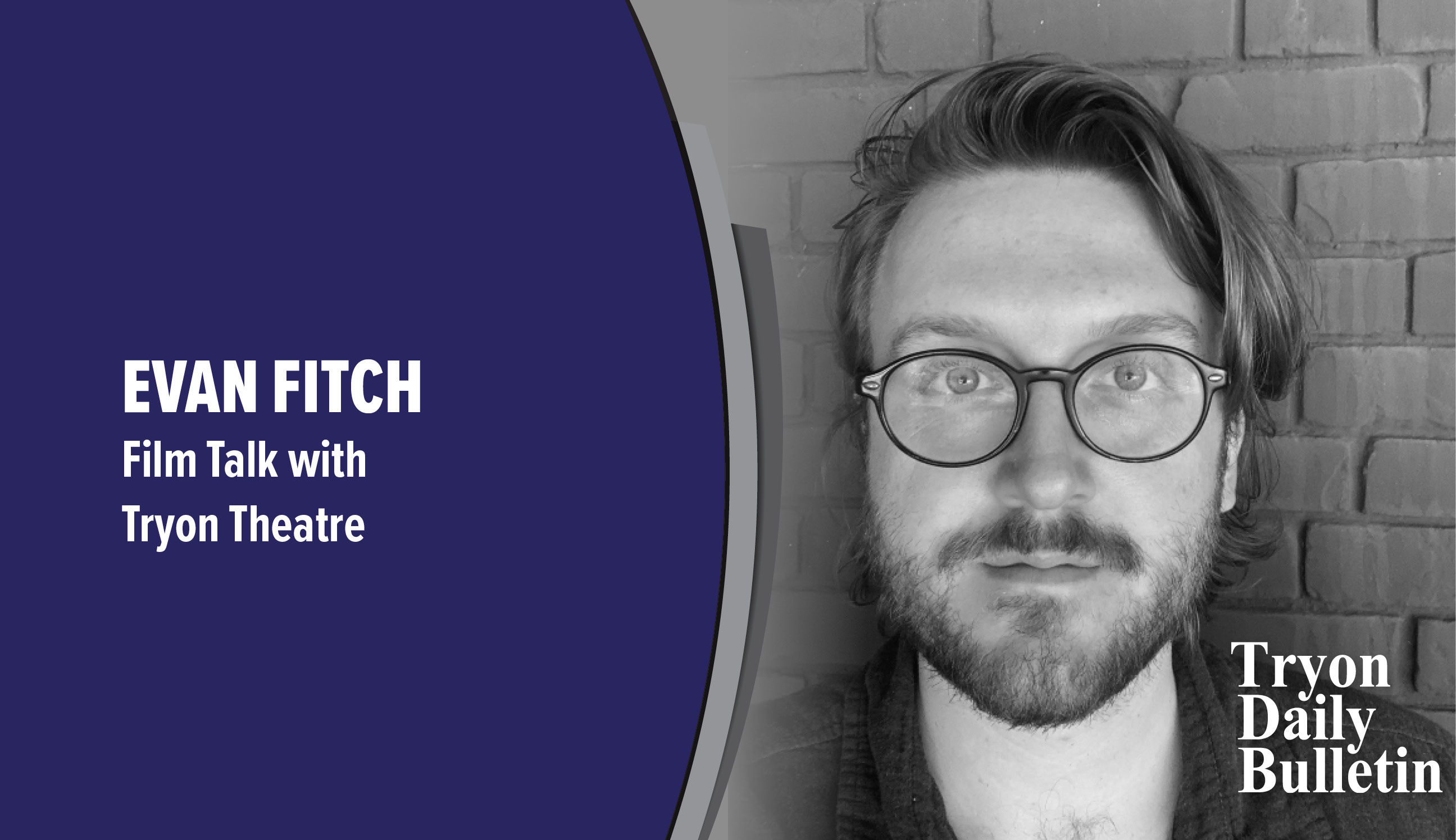Across France to Verdun, 43 men packed into each railroad car for days
Published 2:36 pm Wednesday, May 12, 2010
Chapter 6
The soldiers of our regiment, along with several tens of thousands of other American troops, were transported across France in the infamous 40 and 8 box cars of the SNCF (French national railways).
It was a once-in-lifetime, never to be forgotten, experience.
The dimensions of these freight cars were really not adequate to accommodate the services for which they were employed. Each car was less than eight feet wide and much less than 40 feet long.
According to the stencils applied by the French rail system during World War I, each box car was to hold 40 men or eight horses in lengthwise, thus 40 and 8. Technically, the Societe Nationale des Chemins de Fer (the title is approximate in my memory), may well have been correct.
The space indeed is not adequate, but I can attest that 43 soldiers and food to feed 43 men for seven days along with four machine guns and personal weapons for 42 men (I, the aidman, had no weapon) can be packed into such a container and transported therein across France.
The voyage, in our case, involved travel for seven days and six nights across France from Carentan, near the coast, to Verdun, in northern France, only a few miles from the eastern battle front.
The 43 men sat or reclined, sleeping or playing cards, tightly packed across the floor of the car or in the open side doors.
Another soldier, Chris from Seattle, and I sat in the open door of our car, real sightseers all day every day, looking at the countryside and at the villages through which we passed. Not one other soldier gave the countryside more than an occasional glimpse.
The train stopped once every hour to allow all of us to debark to stretch our legs or to respond to natures call. This pause took place whenever the exact hour occurred, whether in the country, in town, or in the city. Residents of several cities no doubt viewed very interesting sights as we travelled across the country. These occurrences probably did not worry the French.
Another friend, Pete from New Jersey, developed a distressing case of diarrhea. He was delighted on several occasions when we rolled to a stop near a farmers privy. Since the train usually moved away from these brief stops with little or no warning, we saw Pete several times trying desperately to regain access up into the moving train while also trying to hold up his trousers, once as we passed through the central square of a fair-sized city.
Ours was the first train to pass through Paris moving eastward toward the front. We travelled down tracks that had not been used since the withdrawal of German troops.
On one occasion, the train was forced to back up for three hours to search out another route. Our first try had been stopped when we reached a river over which there was no longer a bridge.
We tried another route more successfully and continued eastward to Verdun. From there, we travelled several miles on Army trucks, then hiked some tens of miles to a rural area east of Pont-A-Mousson.
A few weeks later, we began a longer trek, hiking toward Metz and onwards across the Moselle valley toward the Fatherland.
Holland Brady, a local architect and a native of Tryon, designed the Tryon Presbyterian Church, Forbes Preschool, the Parish house at St. Johns of the Wilderness in Flat Rock and the Columbus United Methodist Church as well as the fire stations in Tryon, Columbus and Landrum. Many unique residences carry the Holland Brady signature. &bsp;
Brady was in the army from 1943 through 1946, serving with the 9th and 15th U.S. Armies, the British Second Army, and Gen. George S. Pattons Third Army.&bsp; He holds the Combat Medical Badge, three Battle Stars, the Good Conduct Medal, a Presidential Citation, the Victory Medal, and the Purple Heart.


